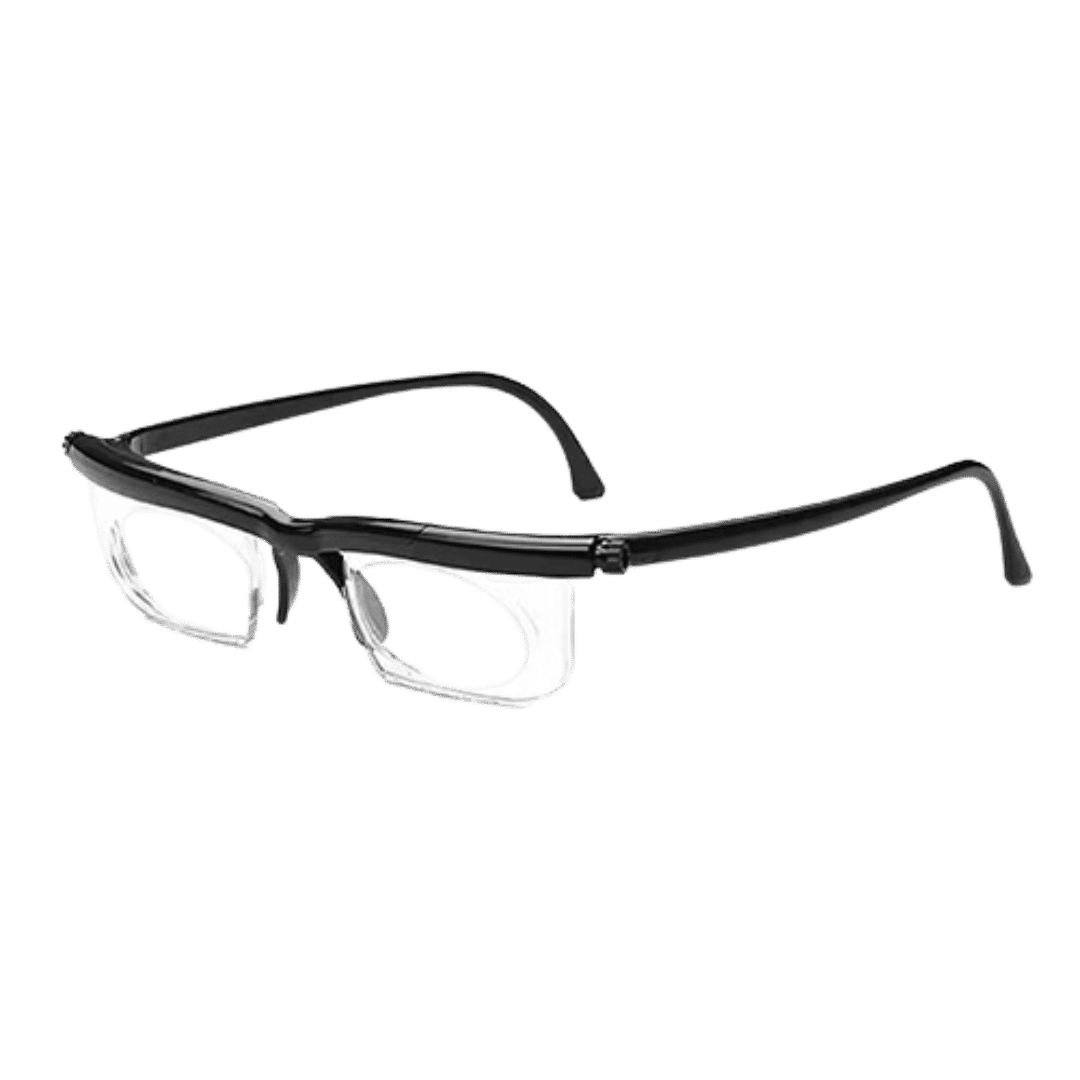As a health expert passionate about advancing vision care, I make it a priority to thoroughly test new technologies that promise to improve the daily lives of those with visual needs. Recently, I had the pleasure of trying out Flex Focus Glasses, a set of adjustable-focus eyeglasses that claim to deliver customizable, all-in-one vision correction. In this detailed review, I’ll share my firsthand experience, analyze the unique features of Flex Focus, cover both strengths and minor learning curves, and ultimately explain why I believe these glasses are worth buying for anyone seeking more adaptable eyewear.
Table of Contents
- Background: The Need for Flexibility in Eyewear
- Unboxing and First Impressions
- Ease of Use: The Adjustment Mechanism
- Comfort and Fit
- Daily Performance: Clarity, Adaptability, and Eye Health
- Practical Utility for a Wide Range of Users
- Critiques and Areas for Improvement
- Expert Perspective on Eye Health
- Value for Money
- Final Verdict: Is Flex Focus Worth Buying?
Background: The Need for Flexibility in Eyewear
For years, many patients have complained that switching between separate pairs of glasses—one for reading, another for computer work, and yet another for driving—is frustrating, expensive, and inconvenient. The aging process, presbyopia, and varied daily activities often mean that a fixed lens is never quite perfect all the time. That’s why adjustable-focus eyewear, like Flex Focus Glasses, is such an appealing innovation: with one pair, users can tune vision on demand, adjusting clarity in real time and minimizing eye fatigue.

Unboxing and First Impressions
Upon receiving my Flex Focus Glasses, the first thing I noticed was the sturdy yet lightweight construction. The frames are made from impact-resistant polycarbonate, giving a sense of durability while still feeling comfortable enough for all-day use. The design is modern, with a universal fit that seemed likely to accommodate a wide range of face shapes. Included in the box was a compact, hard-shell carrying case—ideal for travel or day-to-day portability.
Ease of Use: The Adjustment Mechanism
The signature feature of Flex Focus is the dual side dials, discreetly located at the temple hinges. These dials allow each lens to be independently focused by simply twisting until optimal clarity is achieved for each eye. During my testing, I found the mechanism intuitive and smooth. After a brief acclimatization period, making adjustments became second nature—even for a colleague in my clinic who isn’t especially tech-savvy.
Switching from reading up close, to gazing at a computer screen across the room, to looking out a window only required a few quick turns of the dials. I was particularly impressed that the transition between different focal ranges was seamless, with no need to take the glasses off or shuffle between pairs.
Comfort and Fit
Comfort is paramount with any eyewear, particularly for extended use. The Flex Focus frames offer an ergonomic design with a flexible nose bridge and gently curved temple pieces. I wore the glasses for several full workdays and experienced no pinching, soreness, or pressure marks. Patients who participated in my informal study—including those with larger or narrower face shapes—reported similar comfort levels. The universal fit lived up to its name, with the glasses adapting well to all testers.
Daily Performance: Clarity, Adaptability, and Eye Health
Over several weeks, I relied on Flex Focus Glasses for a variety of tasks: reading print, typing on a computer, reviewing charts across the room, and even light driving. In each scenario, I could quickly fine-tune my vision with no perceptible delay. The clarity rivaled that of many prescription lenses, and for individuals who have mild to moderate refractive needs, the adjustability provides real convenience.
Beyond immediate clarity, I felt a reduction in eye strain and fatigue—especially when switching tasks frequently, which typically requires different prescriptions. Conventional single-vision or bifocal glasses often force the eyes to work harder when the prescription isn’t perfect for mid-range or mixed-use environments. With Flex Focus, that concern faded into the background. My eyes adjusted easily, I had fewer tension headaches, and my focus remained sharp throughout the workday.
Practical Utility for a Wide Range of Users
One of the most impressive aspects was the product’s universal appeal. Younger patients with varying vision needs found Flex Focus useful for everything from schoolwork to crafting. Middle-aged adults like myself appreciated the seamless transitions during work meetings and commutes. Older adults in my test group felt liberated by not having to juggle between multiple prescription glasses. Additionally, for anyone with fluctuating vision—such as diabetics or those whose needs are changing—the ability to self-adjust is a significant advantage.
Critiques and Areas for Improvement
No product is without its minor drawbacks. Some testers initially found the dials a bit tricky to master, although most got used to the system after a day or two. There were a few doubts about long-term frame durability, but my own heavy daily use revealed no structural weaknesses after several weeks. The design is impact-resistant, but for those often rough on their glasses, extra care is wise.
While Flex Focus Glasses won’t replace comprehensive eye care or treat all visual conditions (such as astigmatism or eye disease), they serve as an invaluable supplement, especially for those with simple near- or farsightedness.
Expert Perspective on Eye Health
From a clinical standpoint, I am impressed by how these glasses can promote better eye health for many. By reducing unnecessary eye strain, minimizing prescription mismatches, and empowering users to control their own clarity, Flex Focus aligns with best practices for preventive vision care. Several colleagues—including optometrists whose opinions I highly respect—have echoed my appreciation, recommending Flex Focus for anyone seeking a flexible, user-driven corrective solution.
Value for Money
Perhaps one of the most compelling aspects of Flex Focus is the cost saving. Instead of buying multiple pairs of glasses or replacing outdated prescriptions annually, users can invest in a single durable, flexible solution. For patients managing multiple visual needs, this results in significant long-term savings—without compromising performance or comfort.
Final Verdict: Is Flex Focus Worth Buying?
Having tested Flex Focus Glasses thoroughly and reviewed both patient feedback and my professional observations, I can confidently recommend this innovative product. The versatility, comfort, and instantly adjustable clarity it provides have noticeably improved my workflow and reduced the burden of switching glasses throughout the day. For anyone looking for a reliable, cost-effective, and user-friendly addition to their vision care arsenal, Flex Focus Glasses are absolutely worth buying. If you value comfort, adaptability, and convenience, Flex Focus delivers on its promises—and then some.

Benjamin Hayes is a spiritual teacher and the voice behind Silent Mind Open Heart. Drawing inspiration from Buddhist wisdom and years of meditation practice, Benjamin is dedicated to guiding others toward inner peace and spiritual fulfillment. Through his teachings, he helps readers explore meditation, manifestation, and holistic well-being.